Some species of birds have an amazing talent for vocalizations. If you have one of these species, you might feel eager to teach it to talk but not know how to get started. Follow our guide to learning how to teach your bird to vocalize and pick up words.
- 01 of 04
Get to Know Your Bird
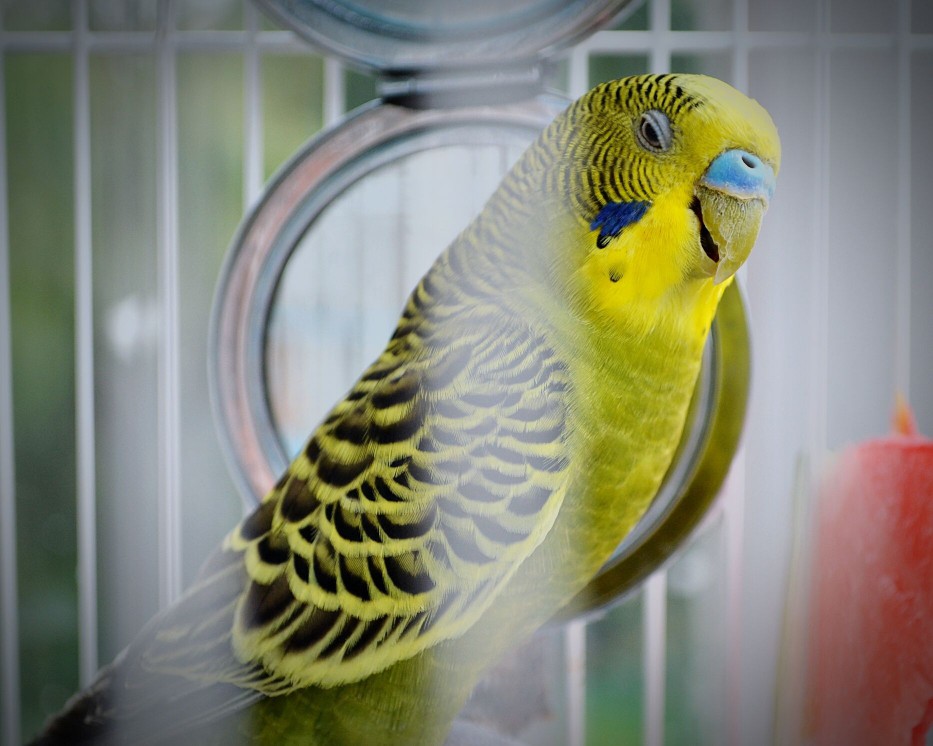
Olga Alferova / Getty Images The first step to teaching your bird to talk is to bond with your feathered friend and form reasonable expectations of it.
Not all bird species can talk, and even those that have the ability sometimes choose not to use it. To determine if your bird is a good candidate for speech training, do a bit of research on your pet's species. Some birds are known to be better talkers than others, so you shouldn't expect your pet to say more than it is capable of.
02 of 04Choose Your Words Wisely
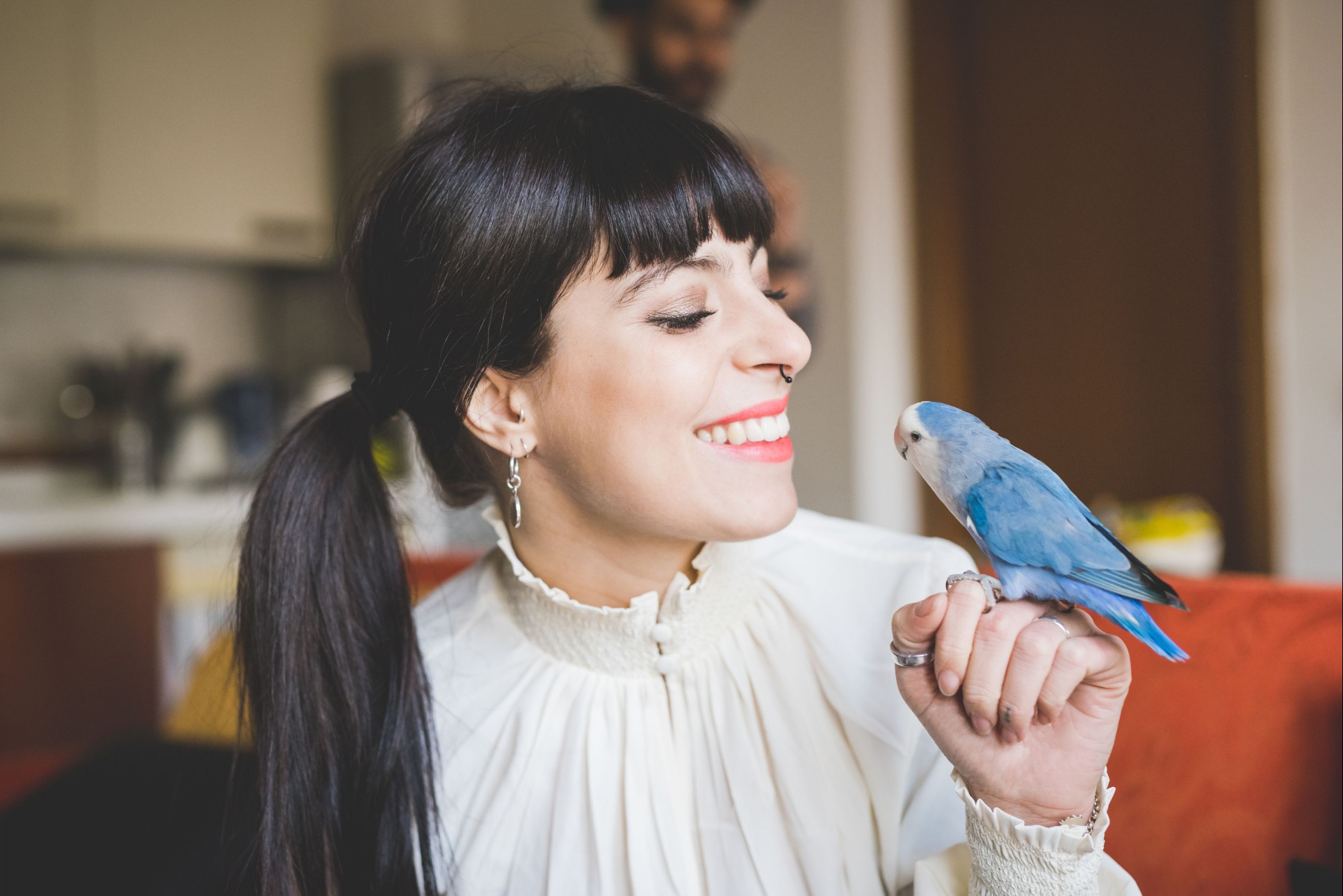
Eugenio Marongiu / Getty Images The best way to encourage birds to speak is to choose a few short words for them to start off with. Examples of good starter words include "hello," "bye-bye," "nite-nite," or even your bird's own name.
Simple words, when said with enthusiasm, seem to become more interesting to most parrots. Make sure that when you speak to your bird, you do so in a happy, positive tone.
Watch your bird as you repeat the words you've chosen. If you pay close attention, you will probably see that some words will catch its attention more than others. Use the word that your bird responds to the most for your first "training word."
03 of 04Repeat the Word or Phrase as Often as Possible
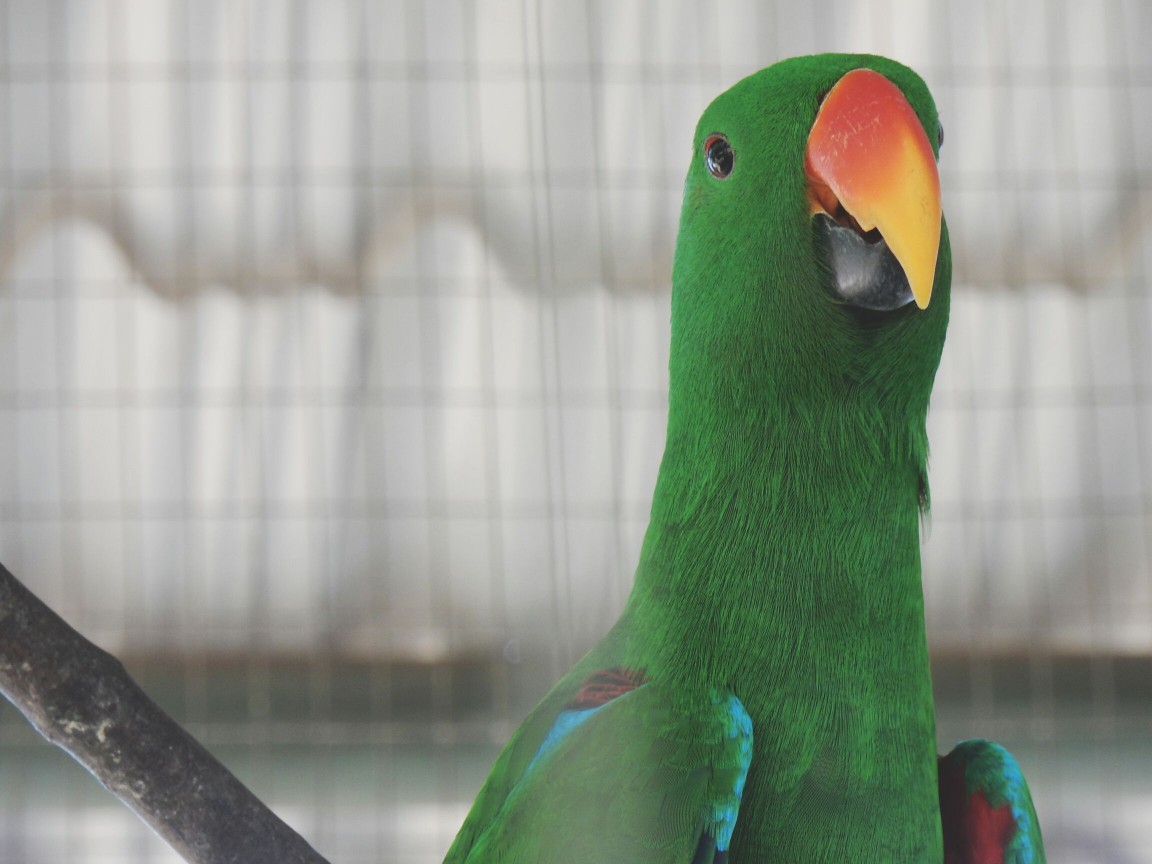
Putra Kurniawan / Getty Images Once you have locked onto a word that your feathered friend is interested in, repeat the word to it as often as you possibly can.
Parrots learn to mimic through repetition—so saying the word over and over again is the only way to encourage your bird to say it back.
While it's always best for owners to teach their pets directly, some owners opt to use extra learning tools such as tape recorders and CDs to help teach their birds to talk. Using these tools can be effective, and certainly won't hinder the training process, but owners should know that they are no substitute for one-on-one interaction, and should be used only as supplemental training aids.
04 of 04Have Patience and Don't Get Discouraged
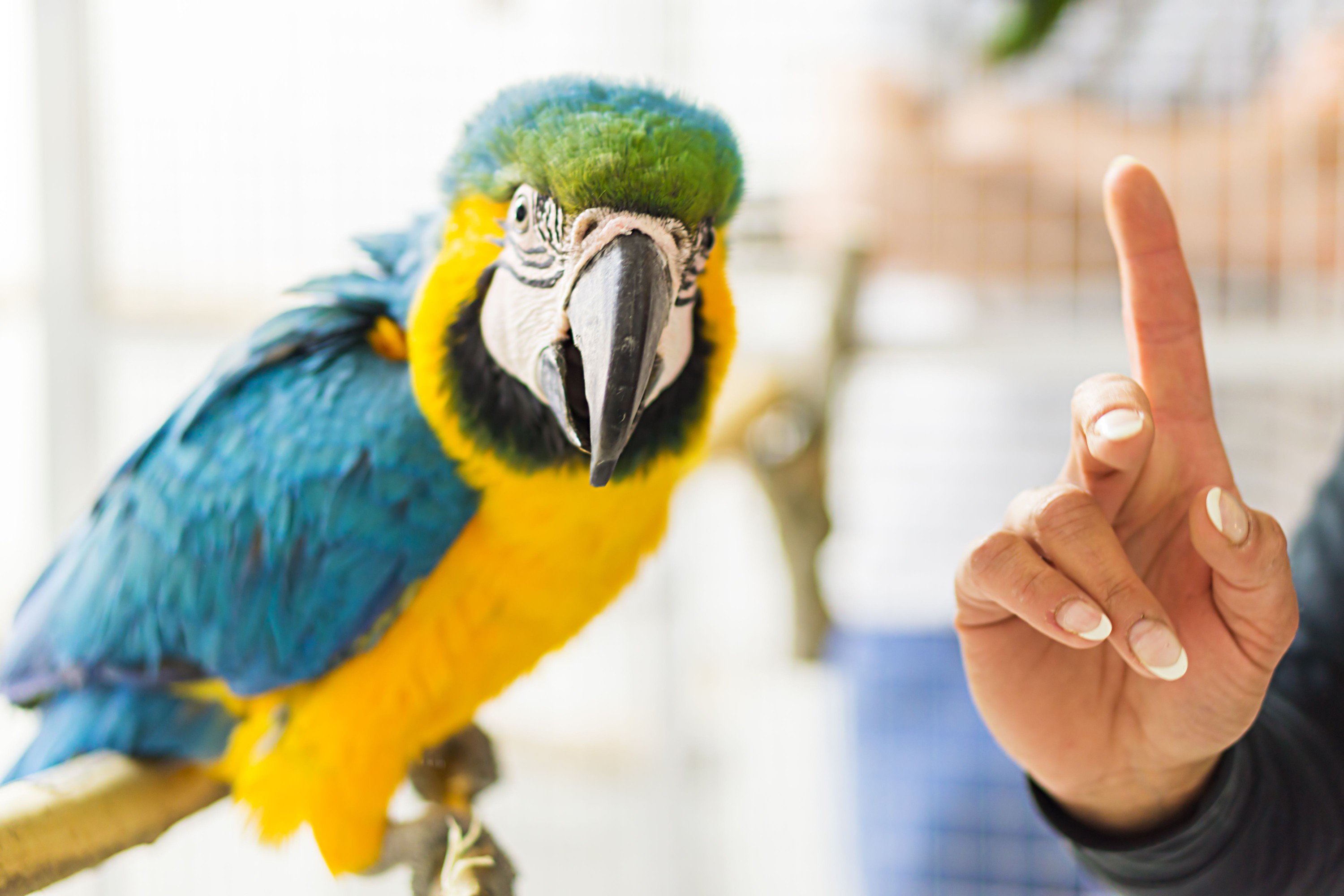
Tomekbudujedomek / Getty Images The fastest way to encourage a bird to talk is to set up a training routine and work with it every day. Even this method, however, is not entirely guaranteed to work. While some birds pick up on human speech quite readily, some birds take months or even years to say their first word. Some will never talk at all—even owners that work with their pets diligently sometimes end up with a bird that won't say a word.
If you feel like your bird is taking too long with his speech training, try teaching something a little bit easier, such as whistling. Many birds find whistling much easier than mimicking speech, and some may be more willing to give it a try for this reason.
With love, patience, and plenty of practice and training time, most birds that are members of the parrot family will learn to mimic something.Pay attention to the vocalizations that your bird makes during the day. You may be surprised to find that you recognize some of them as environmental sounds that you hear every day in your home, like telephones, microwave buzzers, and doorbells.
Even if your bird never speaks a human word, you shouldn't feel slighted. Speech training, interaction, and socialization all help to strengthen the bond between you and your pet, so if your bird remains silent, you can still be assured that you'll get a loveable, intelligent, and interesting companion out of the deal—and as far as owning a bird goes, that's the best part!
RECOMMENDED NEWS
 small-birds
small-birdsAlexandrine Parakeet: Species Characteristics & Care
Known for their beauty, intelligence, and excellent talking abilities, Alexandrine parakeets have b...
Read More → medium-birds
medium-birdsBlack-Capped Conure (Rock Parakeet): Bird Species Profile
The black-capped conure is one of the smallest of the conure parrots, as well as one of the most di...
Read More → medium-birds
medium-birdsQuaker Parrot (Monk Parakeet): Bird Species Profile
Quaker parrots (or monk parakeets) are known for their charming, comical personalities and their wi...
Read More → medium-birds
medium-birdsHalf-Moon Conure Species Profile
The Half-moon conure is a medium-sized dwarf parrots species that is known for its excitable person...
Read More → bird-behavior-and-training
bird-behavior-and-trainingHelping Your Depressed Pet Bird
Depression in pet birds is more common than you might think. Check for the signs that mean your bir...
Read More → bird-breeds
bird-breeds5 Fun Facts About Macaws
Macaws are perhaps the most easily recognizable birds in the parrot family (Psittacidae). Colorful ...
Read More → bird-breeds
bird-breeds8 Most Popular Companion Birds as Pets
If you're considering adopting a pet bird to be a close companion, there are many popular species t...
Read More → bird-basics
bird-basicsSafety Tips for Handling Parrots
Unlike cats and dogs, parrots and other pet birds are not domesticated, and this means that they re...
Read More → bird-basics
bird-basicsThe Relationship Between Pets and Children: How to Foster a Positive Bond
There is growing evidence that pets, especially dogs, are good for children. This evidence surely h...
Read More →
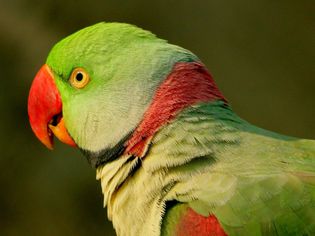
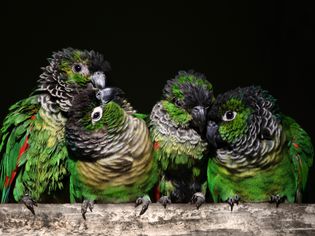
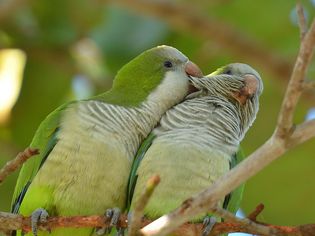
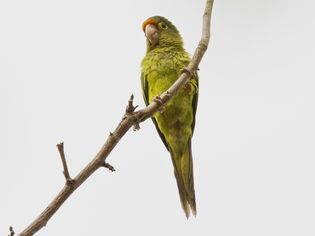
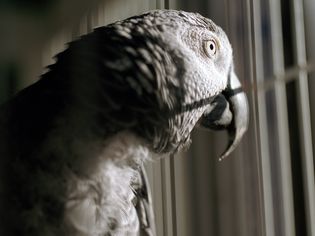
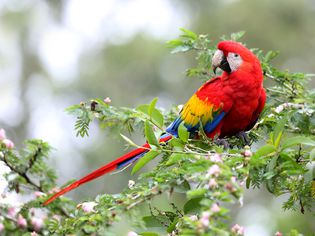
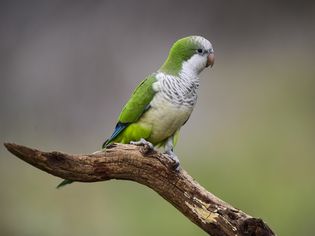
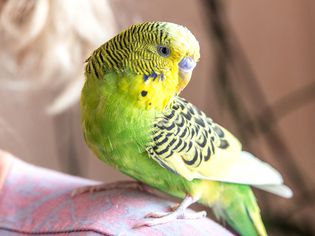

Comments on "How to Teach Your Pet Bird to Talk" :